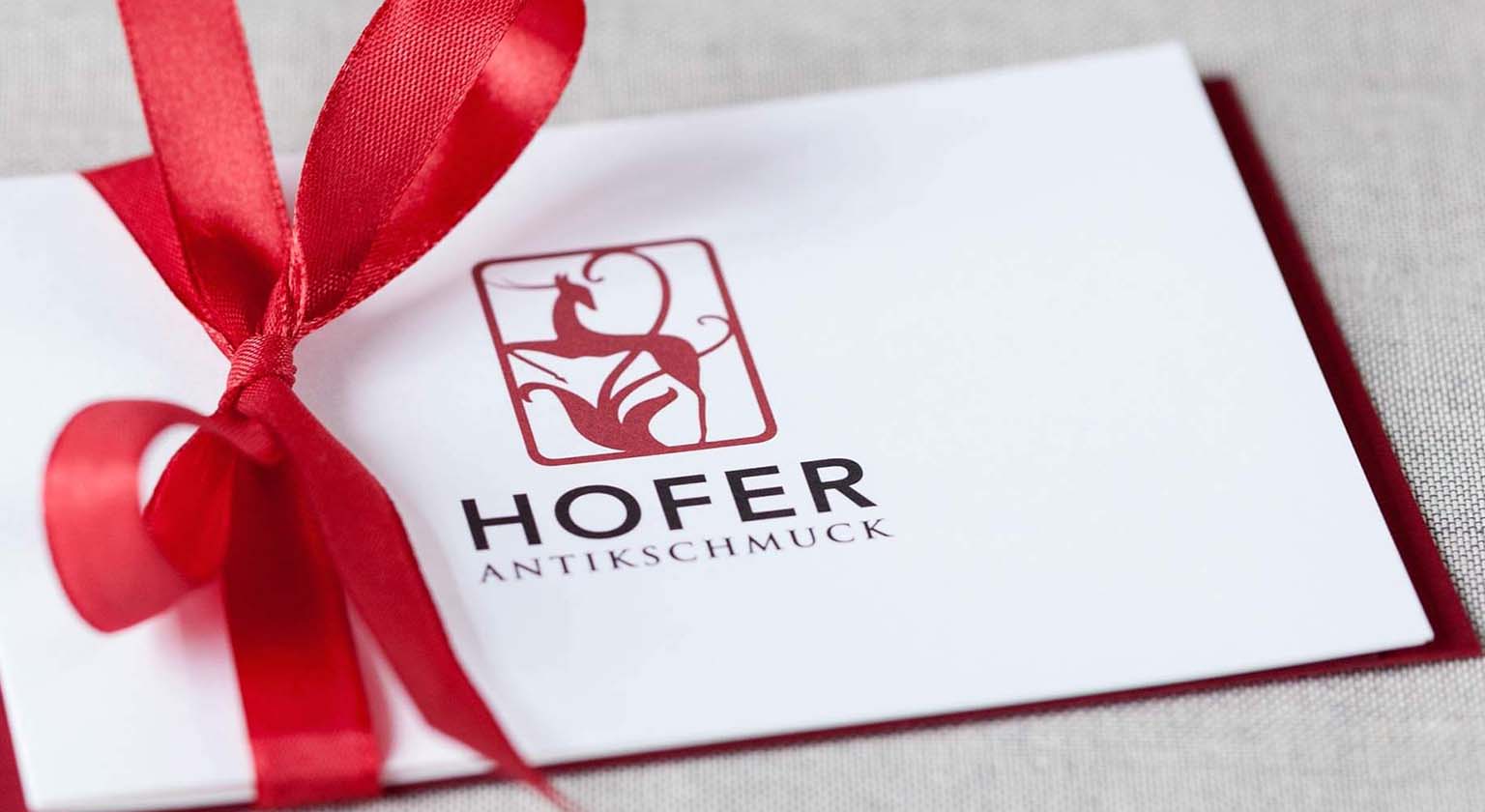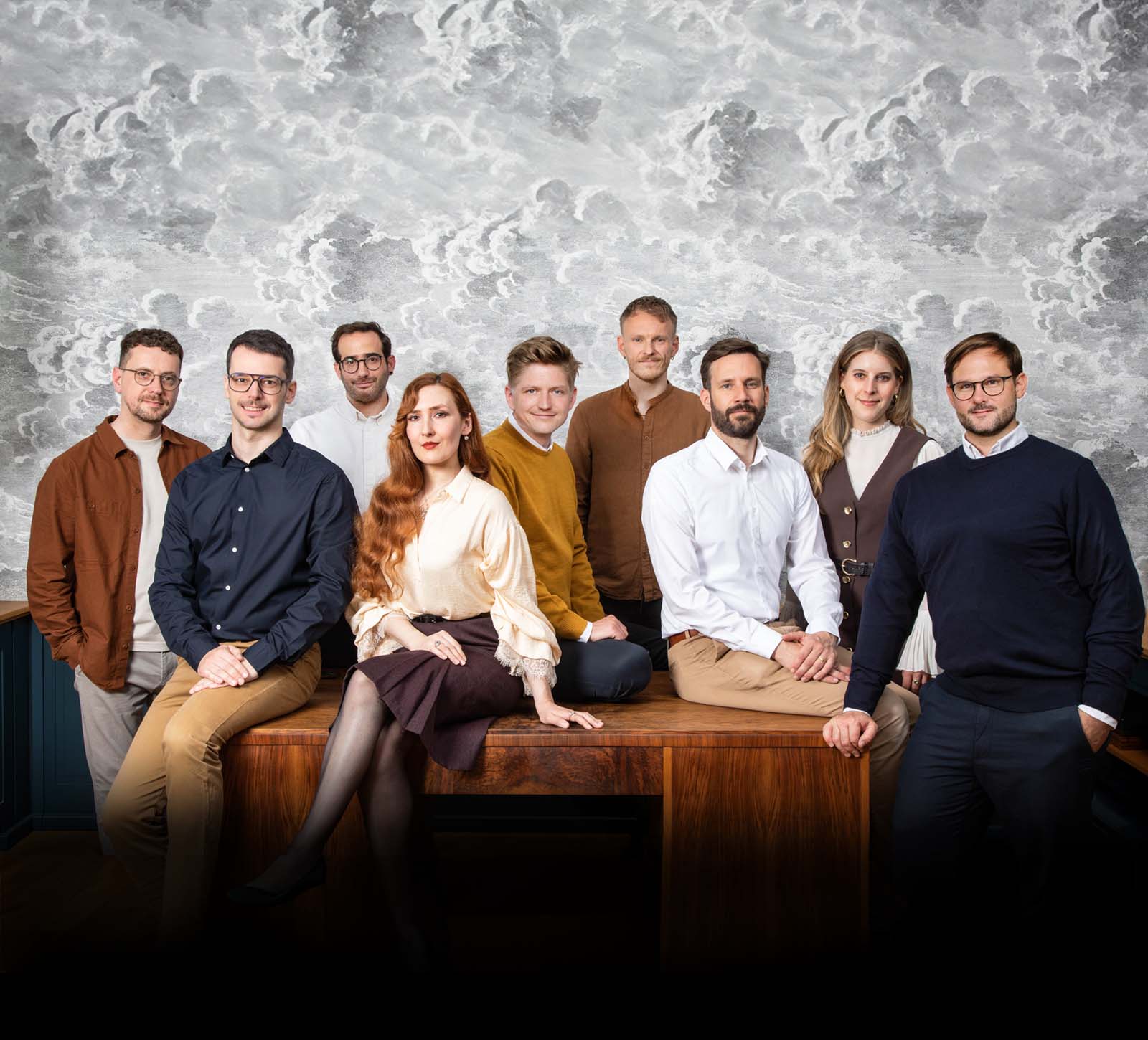n addition to the globally ubiquitous suit of the business world and the no less standardised products of well known fashion chains, every region, valley and landscape of Europe has maintained traditional clothing. These dresses are still used today for special occasions: Often complex and always unique, traditional garb is much more than a mere style – and traditional jewellery is an indispensable part of it.
With the abolition of strict dress codes that had forbidden rural populations from wearing bright clothing and metal jewellery since the Middle Ages, forms of jewellery emerged along with ever brighter clothing at the end of the 19th century that have since determined the look of festive clothing in all parts of Europe.
In Upper Bavaria and Swabia, women wear traditional choker-like necklaces, silver chains to close the bodice and hair pins while accessories for men such as rings, watch chains with a diverse range of pendants and silver coin buttons can be found. On the North Sea coast, wonderful filigree works in silver and gold emerged. In Scotland a very own form of jewellery exists, laden with precious agates, the so-called “pebble jewellery”.
Discover all of these historical kinds of jewellery with us that reveal the wealth of the regions of Europe – take a journey of discovery with us.











